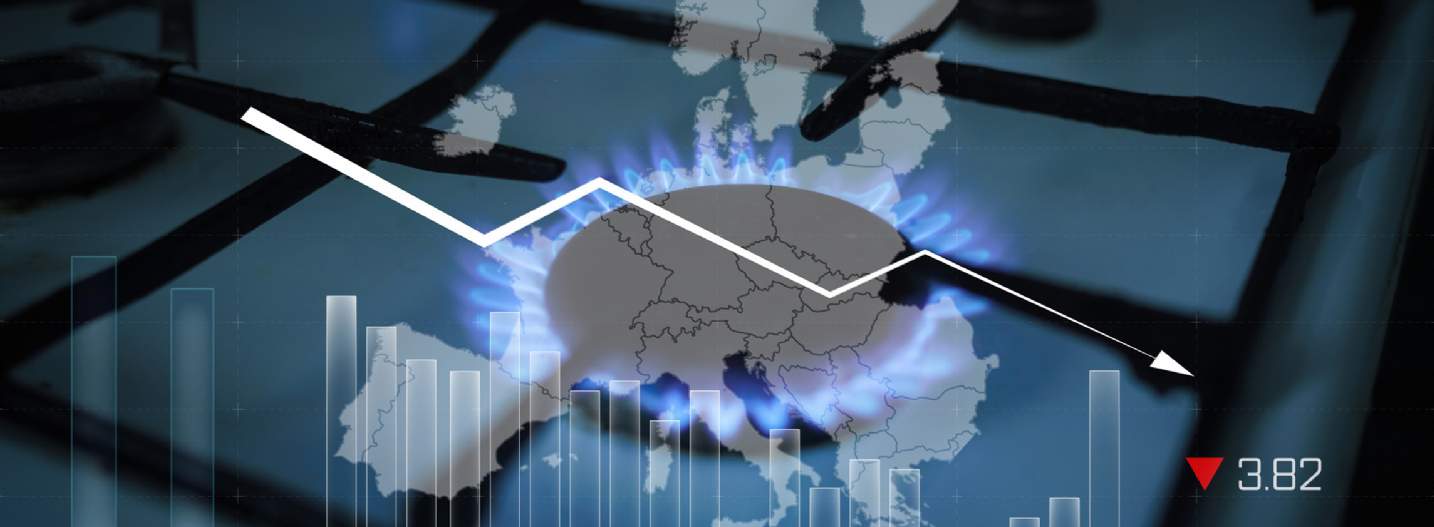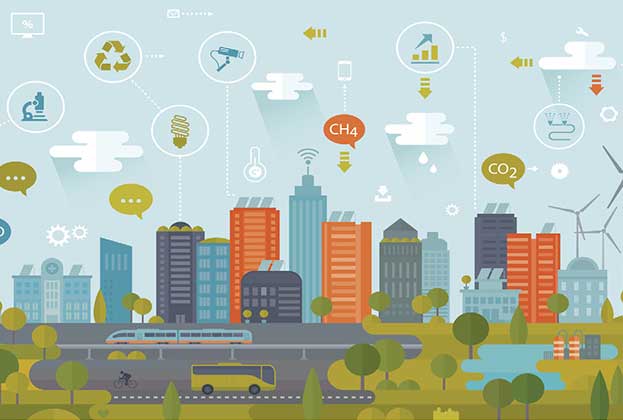Multiple measures and policies by European countries limit the impact of the energy crisis
It's all about energy
Energy has been on the agenda for some years as a result of a combination of factors, including geopolitical tensions, the closure of nuclear power plants, natural gas shortages, and the increasing interest and usage of renewable energy. The invasion of Ukraine by Russia caused energy to become a key topic to discuss as energy prices boomed, fuelling inflation to levels not witnessed since the 1970s.
Although this caused many challenges and concerns, the situation could be worse. Multiple EU and national policies, markets, consumer actions, non-Russian suppliers and mild weather conditions have all played a part in compensating for the missing Russian deliveries. Nevertheless, the energy crisis has a severe impact on economies and societies across the world and especially in Europe.
A total of €768 billion has been allocated across European countries to shield consumers from the rising energy costs since the start of the energy crisis late 2021
Bram de Rijk, European Research Associate, Commercial Research
In a response to alleviate some of the impact of the booming energy prices on households and businesses, governments across Europe have taken measures, such as the introduction of support schemes, the topping up of gas reserves, reducing energy consumption, and diversifying energy supply sources.
According to research by Bruegel, a total of €768 billion has been allocated across European countries to shield consumers from rising energy costs since the start of the energy crisis late 2021. Especially the German government supported consumers with a total of €265bn, reflecting 7.4% of the country’s GDP.
However, these support schemes are temporary and alleviate the immediate pressure of rising energy costs for households and businesses. Most of the support schemes are expiring at the end of the first quarter of 2023 when the warmer spring weather is expected to drive lower energy consumption and therefore prices. This is mainly in favour of households since businesses typically consume more energy, continuing the pressure of rising energy prices for businesses.
A second measure that European countries had agreed on in June 2022, was to increase their gas reserves to secure sufficient and reliable supply. The agreement included that gas storage must be filled to at least 80% of its capacity before the winter of 2022-23 and to 90% before the subsequent winter periods. The relatively mild winter of 2022-23 has resulted in gas reserves sitting well above the 80% mark and above the levels held before the Ukraine/Russia war.
To mitigate any gas and energy supply challenges for the winter of 2023-24, the EU has agreed to extend the gas reduction measure in the current year and agreed to reduce the gas consumption in the current year by 15%.
Besides topping up gas reserves, reducing energy and gas consumption also limits the impact of the energy crisis. The EU agreed in August 2022 to the target to reduce natural gas demand by 15 percent between 1 August 2022 and 31 March 2023, compared to the average of the same period in the previous five years. As a result, many economies have been reducing their energy and gas consumption in various ways, such as reducing the lighting and illumination of landmarks, e.g. the Eiffel Tower switched off an hour earlier than usual or lowering the temperature in (public) buildings.
This has resulted in a drop in natural gas consumption across the EU by 19.3% in the period August 2022 to January 2023, compared with the average gas consumption for the same months between 2017 and 2022. The International Energy Agency (IEA) estimates that this drop in gas demand equals the amount of gas needed to supply over 40 million homes. Gas consumption fell the most in the Nordic and Baltic states, with Finland’s gas consumption dropping most by 57.3%, followed by Lithuania (-47.9%) and Sweden (-40.2%).
Gas consumption and electricity demand plunged in the winter of 2022-23, driven by a combination of a mild winter, awareness from individuals, and increased usage of alternative energy sources
Bram de Rijk, European Research Associate, Commercial Research
Another way to limit the impact of the energy crisis is to diversify the supply of energy sources, both in terms of the energy sources such as renewable sources or Liquified Natural Gas (LNG), as well as the suppliers such as the USA, China and/or the Middle East.
Although many countries have been making progress in their energy transition away from fossil fuels, most European countries are still dependent on them as their primary source of energy. According to the latest data, fossil fuels (gas and coal) made up 42% of the EU’s electricity production in 2012, with renewable energy (wind and solar) sources only making up 9%.
However, a decade later, the generation from renewable energy sources are coming closer to fossil fuels, with renewables making up 22% of the EU’s electricity generation in 2022 compared to fossil fuels at 36%.
Besides the transition to renewable energy sources, a more immediate switch of energy supply is the increased usage of LNG. Many European countries have increased their LNG imports as an alternative to the gas supply from Russia. The EU’s import of LNG has increased by 60% in 2022 compared to 2021, with the majority of this additional LNG being imported from the United States.
Read the articles within Spotlight: The impact of the energy crisis on commercial real estate in Europe below.







